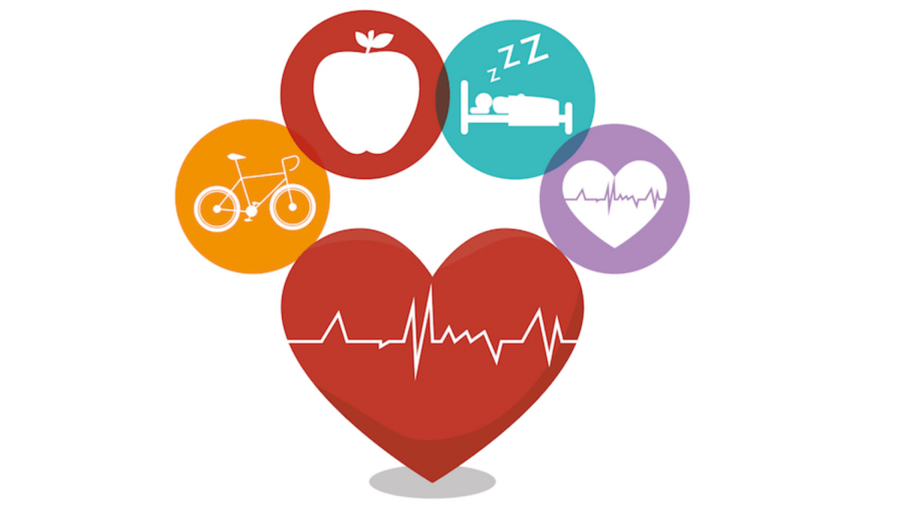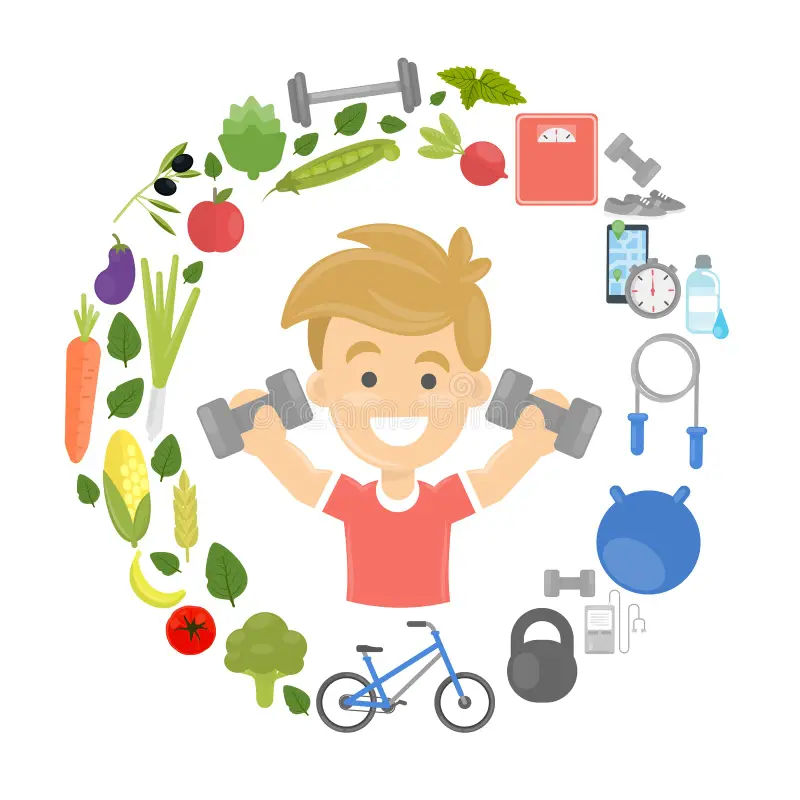🌟 Discover the Fountain of Youth! ✨✨ Unlock the secrets to timeless beauty with our age-defying skincare tips! Don't miss out, read now! 🌼💫💆♀️💅💕 #YouthfulGlow #SkincareGoals
Updated at: 2025-06-09 10:21:41 (1 month ago by Melkisedeck Leon Shine)
Unlocking the Fountain of Youth: A Holistic Approach to Age-Defying Skincare
The pursuit of youthful, radiant skin is a universal aspiration. This comprehensive guide presents fifteen evidence-based strategies to mitigate the visible signs of chronological aging and enhance cutaneous luminosity. These strategies are analyzed through the lens of established dermatological principles and physiological mechanisms, providing a holistic approach to skincare management. Key concepts include homeostasis (the body's ability to maintain a stable internal environment), photoaging (premature skin aging due to sun exposure), oxidative stress (cellular damage from free radicals), and epidermal homeostasis (the balanced renewal of skin cells). Understanding these concepts is fundamental to appreciating the efficacy of the proposed strategies.
1. Nutritional Optimization for Cutaneous Health: Internal Modulation of Skin Health: A balanced diet rich in fruits, vegetables, and whole grains provides essential vitamins, minerals, and antioxidants, supporting skin health from within. Omega-3 fatty acids, for instance, possess anti-inflammatory properties beneficial for skin. This strategy aligns with the principles of nutritional biochemistry and its impact on cellular processes within the skin. This internal approach complements external skincare strategies, contributing to a more comprehensive approach to healthy aging, based on the bio-psycho-social model of health, acknowledging the interaction of biological, psychological, and social factors in overall wellbeing.
2. Targeted UV Protection: Mitigation of Photoaging: Ultraviolet (UV) radiation is a primary driver of photoaging, leading to premature wrinkles, age spots, and increased cancer risk. Daily application of broad-spectrum sunscreen with a minimum SPF of 30 is paramount. This directly counteracts the damaging effects of free radicals, preventing oxidative stress and aligning with primary prevention strategies in public health. This method represents a direct application of the public health model focusing on prevention over treatment and follows the principles of evidence-based dermatology.
3. Optimized Sleep Hygiene: Promoting Cutaneous Repair and Regeneration: Adequate sleep (7-9 hours nightly) is crucial for cellular repair and regeneration. Sleep deprivation impairs skin appearance, leading to dullness, inflammation, and dark circles. This emphasizes the connection between overall health and skin vitality, aligning with the principles of restorative physiology and its impact on various bodily systems, including the skin. This strategy demonstrates the importance of considering sleep as a non-pharmacological intervention with significant effects on overall health and wellness.
4. Strategic Exfoliation: Enhancing Cellular Turnover: Regular, gentle exfoliation removes dead skin cells (corneocytes), accelerating cellular turnover and revealing smoother, more radiant skin. This process, performed one to three times weekly depending on skin type, enhances the efficacy of topical treatments. This adheres to the biological principle of cell renewal and epidermal homeostasis, directly impacting skin texture and clarity.
5. Effective Hydration Strategies: Maintaining Dermal Homeostasis: Adequate hydration is essential for maintaining skin elasticity and turgor. The recommended daily fluid intake supports intracellular fluid balance, promoting a vibrant complexion. This directly supports the principle of maintaining optimal homeostasis within the integumentary system and is fundamental for cellular function. This exemplifies basic physiological principles applied to real-world skincare management.
6. Gentle Cleansing Techniques: Preservation of the Cutaneous Barrier: Aggressive cleansing disrupts the skin's acid mantle and lipid barrier, increasing sensitivity. Using pH-balanced cleansers preserves this protective barrier, minimizing inflammation and optimizing skin health. This approach aligns with maintaining the skin's natural defense mechanisms, a crucial element of overall skin health and prevention of inflammatory conditions.
7. Dermal Hydration Barrier Restoration: Moisturizing Strategies: Moisturizers replenish the skin's natural moisture barrier, reducing trans-epidermal water loss. Ingredients like hyaluronic acid and ceramides reinforce this barrier, improving skin plumpness and reducing wrinkles. This concept reinforces the importance of hydration's impact on skin appearance, complementing point 5. This approach aligns with the concept of barrier repair.
8. Antioxidant Defense Mechanisms: Neutralization of Oxidative Stress: Environmental stressors create reactive oxygen species (ROS), inducing oxidative stress. Topical antioxidants, such as vitamins C and E, neutralize these ROS, protecting cellular structures. This mitigates free radical damage, preserving cellular integrity and function. This application supports preventing premature cell damage, thereby maintaining youthful appearance.
9. Retinoid Therapy: Stimulation of Collagen Synthesis: Retinoids (retinol, tretinoin) stimulate collagen production and enhance cellular turnover. Their efficacy in reducing wrinkles and age spots is well-documented. This is a direct application of stimulating fibroblast activity and collagen synthesis using evidence-based dermatological treatments. This method aligns with the concept of targeted therapies to promote skin regeneration and rejuvenation.
10. Periorbital Care: Addressing Specific Aging Concerns: The delicate periorbital skin requires specialized care. Eye creams address fine lines, dark circles, and puffiness. This addresses the concept of targeted treatment based on anatomical and physiological differences in skin structure and function. This personalized approach considers the unique characteristics of this area.
11. Stress Management Techniques: Mitigation of Cortisol's Deleterious Effects: Chronic stress elevates cortisol, negatively affecting skin health. Stress management techniques, such as mindfulness or yoga, regulate cortisol and promote skin well-being. This highlights the impact of endocrine function and hormonal balance on skin aging. This strategy aligns with holistic health approaches, considering both psychological and physical well-being.
12. Lifestyle Modifications: Smoking Cessation and Mindful Alcohol Consumption: Smoking accelerates skin aging through collagen and elastin degradation. Quitting reverses this damage. Excessive alcohol dehydrates the skin. Moderate consumption and adequate hydration mitigate this. These strategies exemplify the direct link between lifestyle choices and visible signs of aging, emphasizing the power of behavioral modification.
13. Physical Activity and Enhanced Dermal Microcirculation: Regular exercise improves blood circulation, delivering oxygen and nutrients to skin cells. This improves skin tone and reduces dullness. Aerobic exercise enhances skin microcirculation and oxygenation. This demonstrates the positive impact of cardiovascular health on skin health, illustrating the systemic influence on local tissue health.
14. Personalized Skincare Regimens: Tailored Approaches for Optimal Outcomes: A consultation with a dermatologist allows for customized skincare plans based on individual needs. This optimizes efficacy and minimizes adverse reactions, aligning with precision medicine. This is the application of individualized treatment approaches within dermatology.
15. Advanced Topical Treatments: Exploring Cutting-Edge Technologies: Emerging technologies such as peptide therapies, growth factors, and advanced delivery systems offer promising avenues for targeted skin rejuvenation. These methods enhance skin elasticity, reduce wrinkles, and improve overall skin tone. This area aligns with the ongoing evolution of dermatological treatments and highlights the ongoing development in the field of skincare science.
Conclusions and Recommendations: Maintaining youthful skin requires a multifaceted approach encompassing targeted UV protection, optimized nutrition, strategic exfoliation, effective hydration, and antioxidant defense. Lifestyle modifications, including adequate sleep, stress management, smoking cessation, and mindful alcohol consumption, are equally critical. Personalized skincare regimens tailored to individual needs, including exploring advanced topical treatments, maximize effectiveness. Future research could focus on quantifying the long-term efficacy of combined interventions and exploring the synergistic effects of various approaches. A comprehensive, holistic approach, emphasizing individual needs and consistent adherence, holds the most promise for achieving significant and sustainable improvements in skin health and appearance. Longitudinal studies evaluating the efficacy of these strategies, and cost-effectiveness analyses comparing different intervention strategies, are warranted.
Reader Pool: Considering the complexities of skin aging and the diverse range of interventions discussed, what ethical considerations should guide the development and implementation of personalized skincare strategies?





